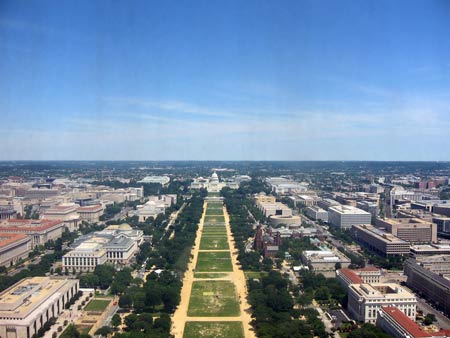Preservation is the treatment with the objective of retaining the extant historic character of a landscape. This treatment is applied and sustained through the ongoing preservation maintenance practices of care, repair, and replacement in-kind. Specialized techniques are used in preservation maintenance to conserve historic character, but the techniques can be adapted to better support living systems and favor environmental health. For example, lawn care techniques can be modified to more sustainable methods without altering the historic character of a lawn. As preservation maintenance is the default approach to cultural landscape management before and after any treatment is applied, some flexibility to increase resilience may be found in the ongoing preservation of any landscape.
Rehabilitation is the treatment with the objective of designing changes to a cultural landscape that are compatible with and conserve the historic character of the landscape. In The Secretary of the Interior’s Standards, rehabilitation allows for ‘‘a compatible use of a property through repair, alterations, and additions while preserving those portions or features which convey its historical, cultural, or architectural values.’’2 Rehabilitation emphasizes protection and preservation of extant historic features, repair of deteriorated historic features, and replacement in-kind of severely deteriorated or missing historic features.
At the same time, rehabilitation also acknowledges the need to meet changing conditions through alterations or new additions, while perpetuating the historic character of the property. Compatible alterations or additions through rehabilitation are the philosophical basis for making design changes that improve the sustainability of cultural landscapes, while maintaining the characteristics and features that contribute to historical significance. After implementation, the treatment is perpetuated through preservation maintenance.



